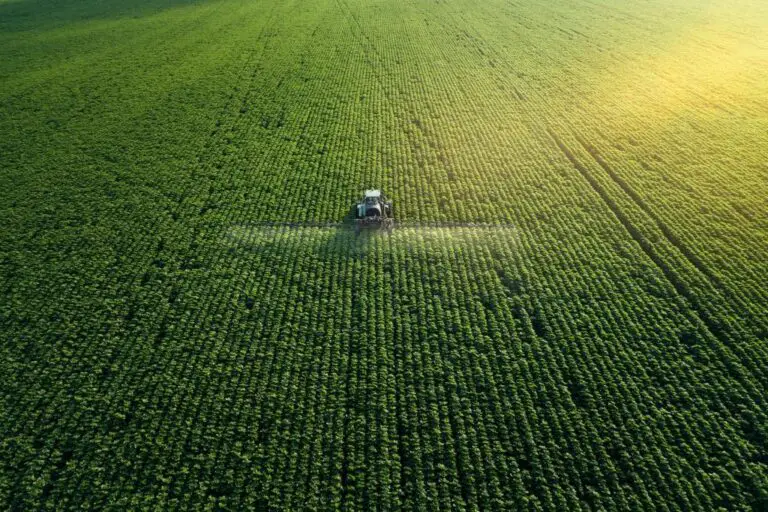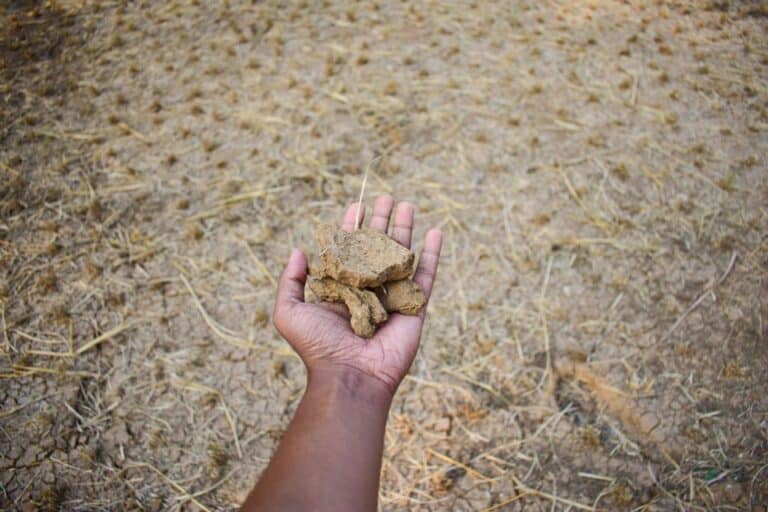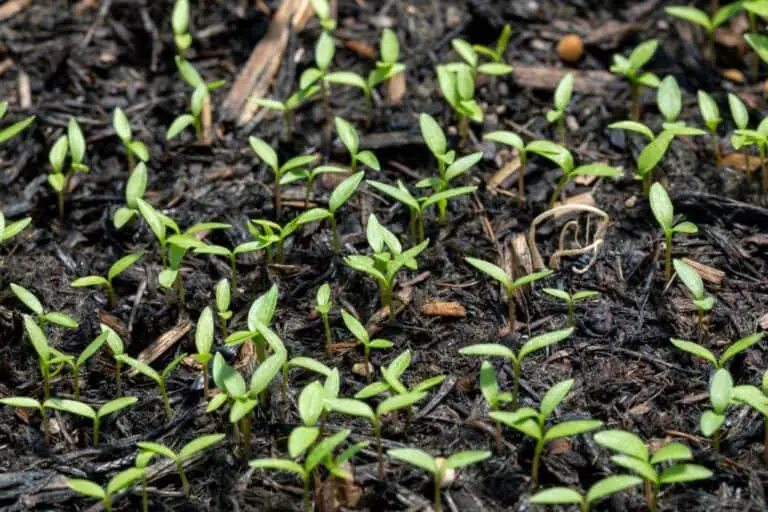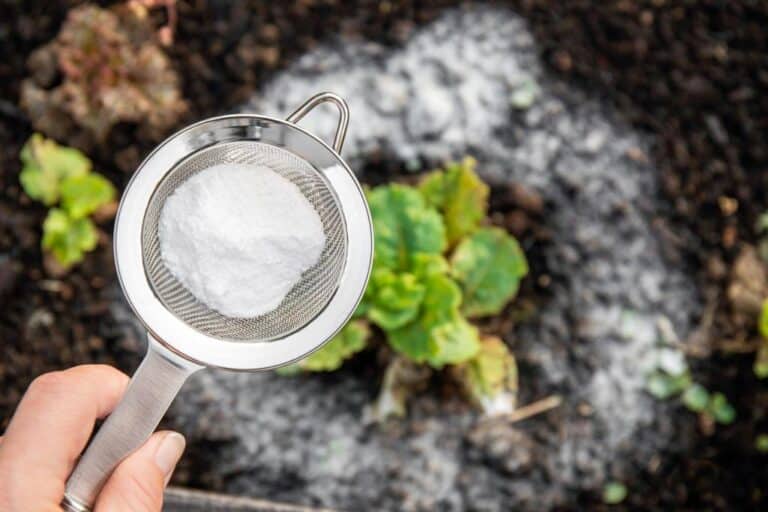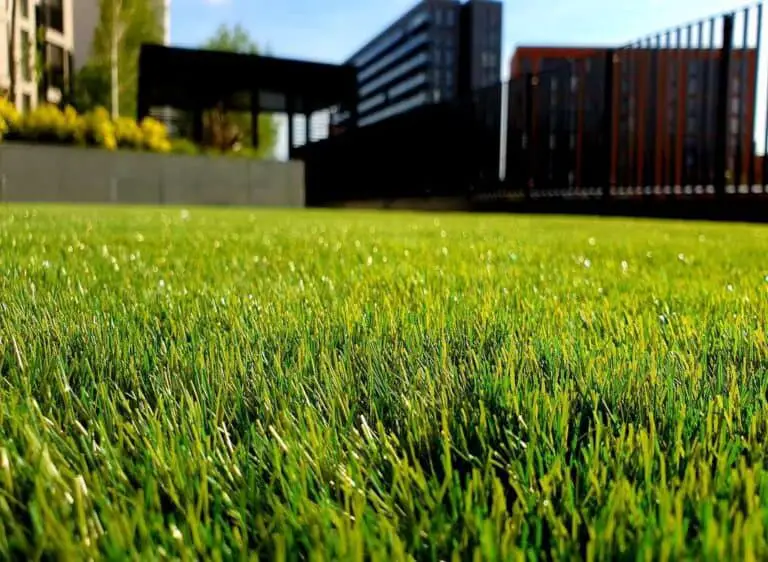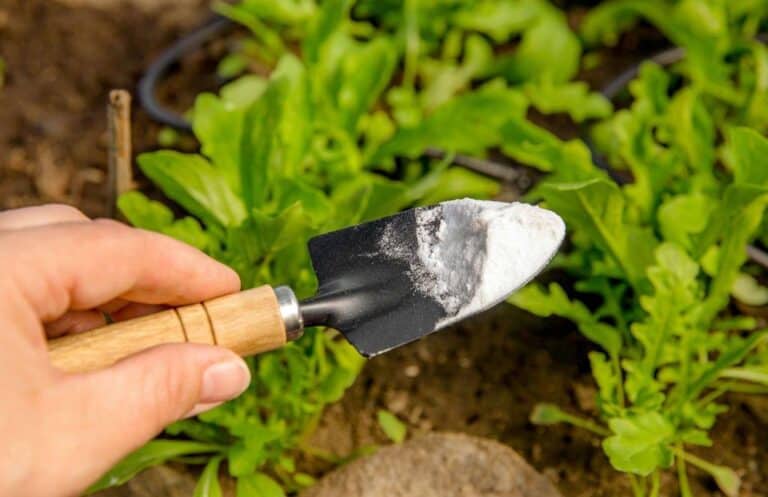How Long Does Forestry Mulch Take To Decompose? Material Decomposition Time
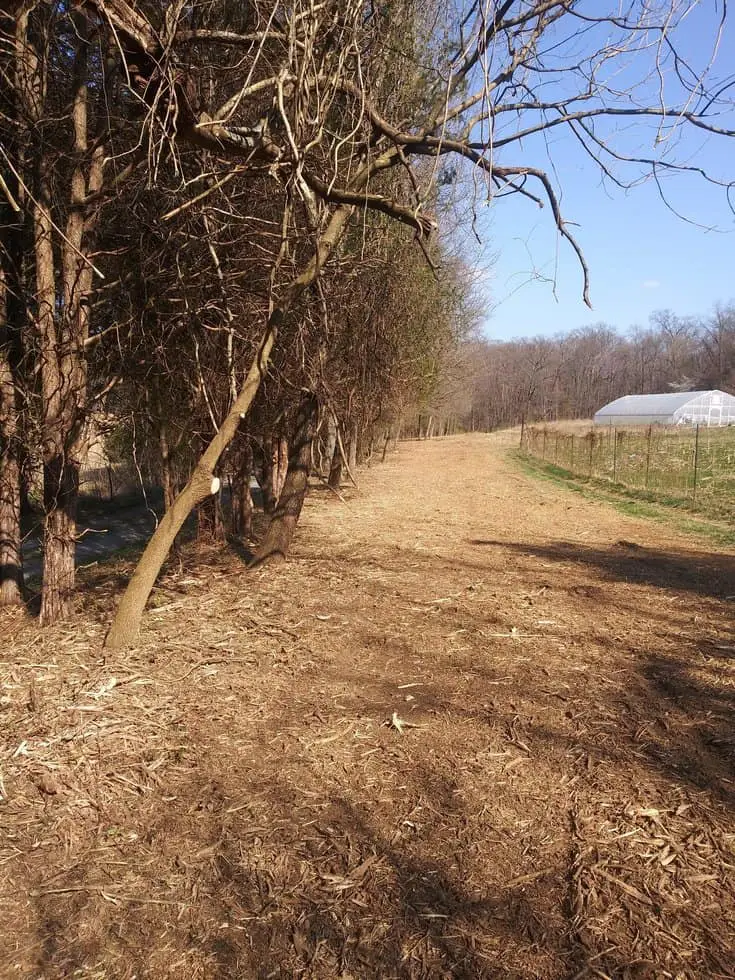
If you’re a gardener or landscaper, you’re probably familiar with the many benefits of using forestry mulch. From improving soil health to retaining moisture and suppressing weeds, forestry mulch can be a valuable tool in maintaining a healthy and thriving garden or landscape.
But have you ever wondered how long it takes for forestry mulch to decompose? Understanding the decomposition time frame of different types of forestry mulch can help you make informed choices about what type of mulch to use and when to replace it.
In this article, we’ll explore the different types of forestry mulch available and their unique decomposition timeframes. We’ll also discuss ways to encourage forestry mulch to decompose more quickly and efficiently.
Whether you’re a seasoned gardener or just starting out, understanding the decomposition process of forestry mulch can help you create a healthier and more vibrant garden or landscape. So, let’s dive in and discover the fascinating world of material decomposition time.
What Happens to Mulch over Time?
When mulch is first applied to the soil, it can take on a variety of forms, such as shredded bark, wood chips, straw, or leaves. Regardless of the type of mulch, it will eventually start to break down into smaller pieces. This is due to the activity of microorganisms, such as bacteria and fungi, that feed on the organic matter in the mulch.
As these microorganisms consume the mulch, they release nutrients back into the soil. These nutrients include nitrogen, phosphorus, and potassium, which are essential for healthy plant growth. The breakdown of mulch also increases soil organic matter, which helps to improve soil structure and water-holding capacity.
Over time, the appearance of the mulch will change as well. Fresh mulch will be chunky and have a strong aroma, while older mulch will have a finer texture and a less potent smell. As the mulch breaks down, it will also become darker in color as it becomes more concentrated with organic matter.
As mulch continues to decompose, it will eventually become fully integrated into the soil. At this point, it will have provided all of its benefits to the soil and plants. However, the length of time it takes for mulch to fully decompose depends on a variety of factors, such as the type of mulch, the amount of moisture in the soil, and the temperature of the environment.
Understanding Forestry Mulch Decomposition
Forestry mulch decomposition is the process by which mulch materials break down and decompose, releasing nutrients and improving soil health. Understanding this process is important for any gardener or landscaper who wishes to make the most of this valuable resource.
By knowing how different types of forestry mulch break down and what factors can affect the decomposition process, gardeners and landscapers can choose the right type of mulch for their needs and use it in the most effective way possible.
Several things, like temperature, moisture, and the activity of microorganisms, can change how quickly forest mulch breaks down.
- Warm temperatures and moist conditions can speed up decomposition, while dry conditions and cooler temperatures can slow it down.
- The types of microorganisms present in the soil can also have an impact on decomposition rates. For example, fungi usually break down tougher plant parts like bark, while bacteria are better at breaking down softer parts like leaves.
- Different types of forestry mulch can also have varying decomposition rates. Hardwood bark mulch can take up to two years to fully decompose, while pine straw mulch can break down in just a few months.
Understanding these differences can help gardeners and landscapers choose the right type of mulch for their needs.
- If a gardener wants a mulch that will provide long-lasting soil benefits, a slow-decomposing hardwood bark mulch may be the best choice.
- On the other hand, if a gardener wants a mulch that will break down quickly and release nutrients into the soil, a fast-decomposing pine straw mulch may be a better choice.
- In addition to its impact on soil health, understanding forestry mulch decomposition can also help gardeners and landscapers make the most of their mulch by using it in the most effective way possible.
- By layering mulch thinly rather than piling it high, gardeners can ensure the mulch breaks down evenly and does not form a dense mat that can impede plant growth.
- By applying a fresh layer of mulch every year or two, gardeners can also help ensure that the soil continues to receive the nutrients it needs.
Types of Forestry Mulch and How Long Does It Take To Decompose
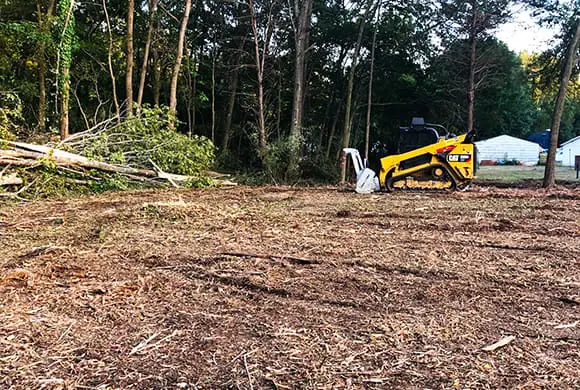
Forestry mulch comes in many different types, each with its own unique characteristics and decomposition time frame. Understanding the different types of forestry mulch available and how quickly they break down can help gardeners and landscapers choose the best mulch for their needs.
1. Wood Chips Mulch
Wood chips can take anywhere from several months to several years to fully decompose, depending on their size and climate. One of the most popular types of forestry mulch is wood chips.
Wood chips are typically made from a mix of tree species. The decomposition rate varies depending on the size of the chips and the climate. The larger the wood chips, the longer they take to decompose. Wood chips can be a great choice for gardeners who want a long-lasting mulch that will help retain moisture in the soil and improve soil health.
2. Pine Straw Mulch
Another popular type of forestry mulch is pine straw. Pine straw is made from the needles of pine trees and can break down in just a few months. Pine straw is a great choice for gardeners who want a mulch that will provide nutrients to their plants quickly and help suppress weeds. Pine straw is also an excellent choice for gardeners who want a mulch that is easy to apply and maintain.
3. Hardwood Bark
Hardwood bark mulch is another common type of forestry mulch. This type of mulch is made from the bark of hardwood trees and can take up to two years to fully decompose. Hardwood bark mulch is an excellent choice for gardeners who want a long-lasting mulch that will help retain moisture in the soil and improve soil health. This type of mulch is also a great choice for gardeners who want a mulch that will help suppress weeds and enhance the appearance of their landscaping.
4. Shredded Leaves
Shredded leaves can be an excellent mulch for gardeners who want to recycle their yard waste and improve soil health. Shredded leaves can take anywhere from several months to a year to fully decompose, depending on climate and type of leaves used
5. Other Type of Forestry Mulch
In addition to wood chips, pine straw, and hardwood bark mulch, there are many other types of forestry mulch available, each with its own unique characteristics and decomposition time frame.
How to Make Forestry Mulch Decomposes Faster
Some gardeners and landscapers may prefer a faster decomposition time frame for their mulch. Luckily, there are several ways to encourage forestry mulch to decompose more quickly.
- One of the easiest ways to speed up the decomposition of forestry mulch is to turn it regularly. This involves using a pitchfork or other tool to flip the mulch over, allowing the bottom layer to come to the top and get exposed to oxygen. Oxygen is an essential component in the decomposition process, and turning the mulch can help ensure that all parts of the mulch are exposed to it. Regular turning also helps to prevent the mulch from becoming compacted, which can slow down the decomposition process.
- Another way to encourage faster decomposition is to add nitrogen-rich materials to the mulch. Nitrogen is a critical element in the decomposition process, as it helps break down the organic matter in the mulch. Adding materials such as grass clippings, coffee grounds, or even a nitrogen-rich fertilizer can help speed up the decomposition process. It’s essential to add nitrogen-rich materials in small amounts, however, as too much nitrogen can lead to an imbalance in the soil.
- Watering the mulch can also help speed up the decomposition process, as it helps keep the mulch moist. However, it’s important not to overwater the mulch, as this can lead to a lack of oxygen and slow down the decomposition process. A general rule of thumb is to water the mulch enough to keep it moist but not waterlogged.
- Faster decomposition can be achieved by shredding the mulch into smaller pieces. Smaller pieces have a larger surface area, which allows them to break down more quickly. Many gardeners and landscapers use a shredder or chipper to break down larger pieces of mulch into smaller pieces.
- Lastly, the temperature and humidity of the environment can affect the decomposition process. Higher temperatures and humidity levels can speed up the decomposition process, while cooler temperatures can slow it down. By placing the mulch in a warm and humid area, such as near a compost pile, gardeners and landscapers can encourage faster decomposition.

